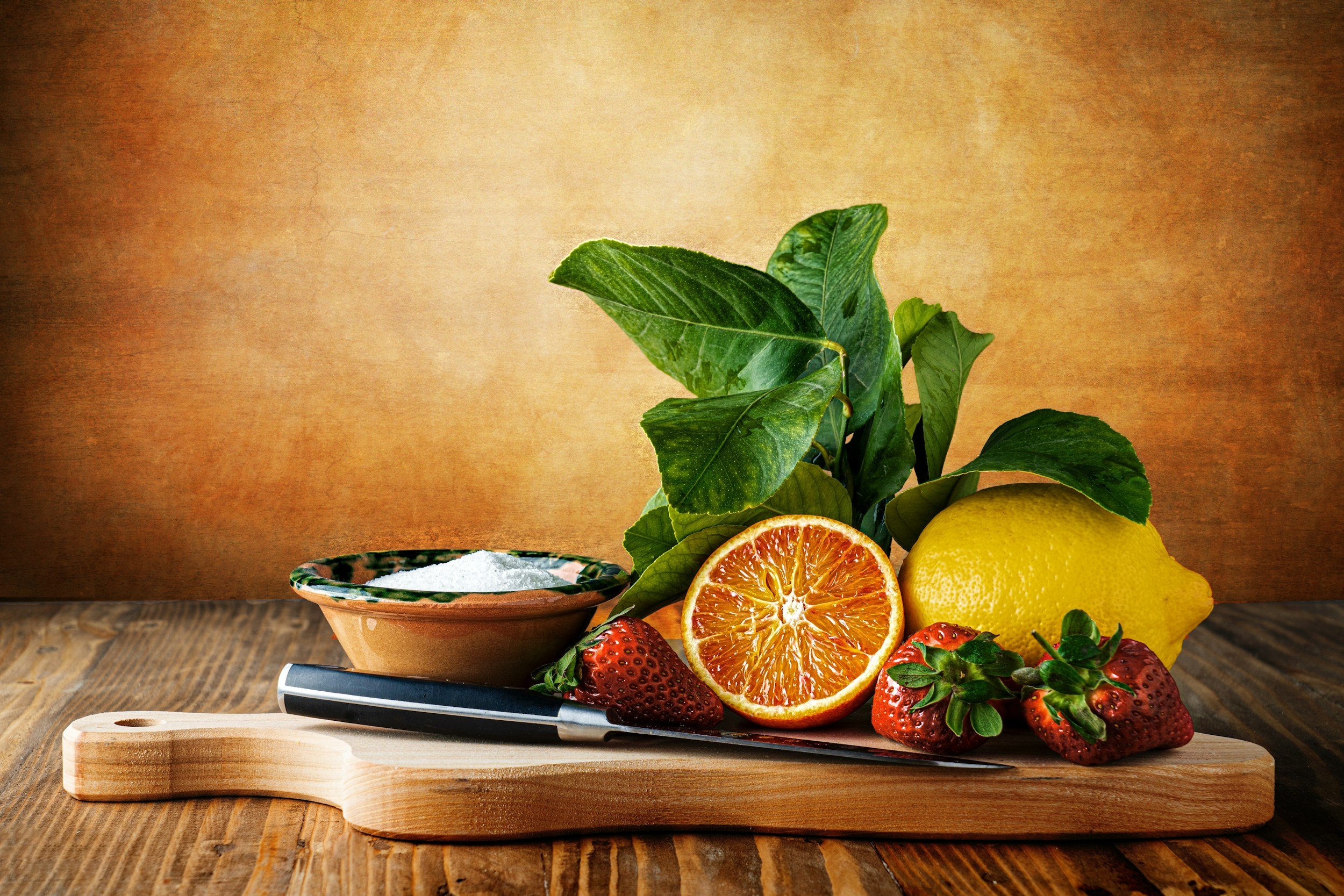Short & Sweet- Stevia
Hello and welcome back to another episode of Rooted! This week we’re keeping things a little on the shorter side, and digging into a plant you’ve probably seen in coffee shops and kitchen counters alike- Stevia!
As a sugar substitute, Stevia was absolutely dominating diet culture the 80’s, nearly banned in the 90’s, and sprouting up as an unstoppable force in the mid 2000’s with products like truvia touting it as a natural way to sweeten your food without spiking your blood sugar. Before we dig into all that though, let’s get a better grasp of where this plant is from and what it’s like.
Stevia rebaudiana is a member of the asteraceae family, which we have talked about a TON on this show and will likely continue to for basically forever.
Unlike the more typically known members of it’s floral family, Stevia stays pretty short at just a foot or so tall, and is much more known for it’s leaves than it’s flowers. Because of that, it’s actually often mistaken for a member of the mint family due to it’s similar looking flowers, uses, and growth patterns. However, the easiest way to tell is that most herbaceous members of the mint (aka lamiaceae family) actually have SQUARE stems.
With it’s slender stems and bright green color, the easiest way to identify stevia is actually it’s leaves, which grow oppositely and are long, ovalish, and sort of look scalloped. Their flowers are super tiny and are typically a white or light purple.
Prized for the sweetness in it’s leaves, stevia is also known as candy leaf, sweet leaf, and sugar leaf. But make no mistake, stevia Rebaudiana is the only member of the stevia genus that is sweet- the rest of these guys are super bitter and not nearly as popular.
Native to brazil and paraguay, stevia likes humidity and wet environments with sandy soil. The Guaraní people of paraguay have been using stevia, known to them as ka’a he’e,for centuries. Believed to have been a gift to their people passed down from generation to generation, the plant was used in initiation ceremonies and in medicine.
In ceremonies, boys were typically instructed to wash their hands and arms with a cold infusion to bring sweetness and abundance into all of their works, and folks would sometimes bathe in it for similar reasons.
As a medicine, stevia was used as an antiseptic and to soothe upset stomachs, making it very useful in a variety of ailments. I am sure it also didn’t hurt that stevia extract is about 200 times sweeter than sugar!
While it certainly tastes sweet, it apparently doesn't SMELL that way, apparently being dubbed “goat scent” by indigenous groups.
This is important to note as we move into the more recent history of stevia, as it points to an unfortunate time honored tradition of indigenous knowledge being co-opted, patented, and turned against the very cultures and people who introduced these concepts to the world in the first place.
In the case of Stevia, it has an extremely small native range, and is NOT something european settlers would have likely EVER stumbled upon on their own. Yet, stevia is now a multi-million dollar industry, with companies like coca cola and pepsi buying it up at wild rates without much regard for native people, regenerative growing practices, or supporting local farmers.
Not only that, but stevia was also met with a LOT of skepticism and critique when it first started gaining popularity in the 80’s, with concerns being raised about it’s effects on the microbiome and just health in general- most of which were seemingly unfounded and mostly “proven” by junk science funded by direct competitors like sugarcane lobbyist.
However, that didn’t stop stevia from becoming a sweet success. By the mid 2000’s it was seemingly in everything here in the United states, with jingles and jams and all kinds of things touting it as a low calorie, “healthy” and “Natural” alternative to other sweeteners, and while that’s all true, it’s still important to note that, like with anything, you CAN have too much of a good thing.
Those who ingest a LOT of additional artificial sweeteners- whether it be aspartame or stevia or anything else CAN alter their gut’s microbiome, which can have an impact on digestion and overall health, but typically when eaten in a typical diet will not have any significant impact.
For those of you thinking about the sugar free gummy bear fiasco of the early 2010s I would like to clarify that the culprit there is actually NOT stevia, but is actually Maltitol- a sugar alcohol that comes from so-called cereal crops like corn, wheat, and potatoes.
This year I actually grew stevia in my garden to be able to have a little extra sweetness in some of my herbal blends, and it’s been a great success! Be sure to check out our socials if you want to see more on that!
That’s all I’ve got for this week, but I’ll be back next week with more true histories and tall tales to dig into. See you then!
Sources:

